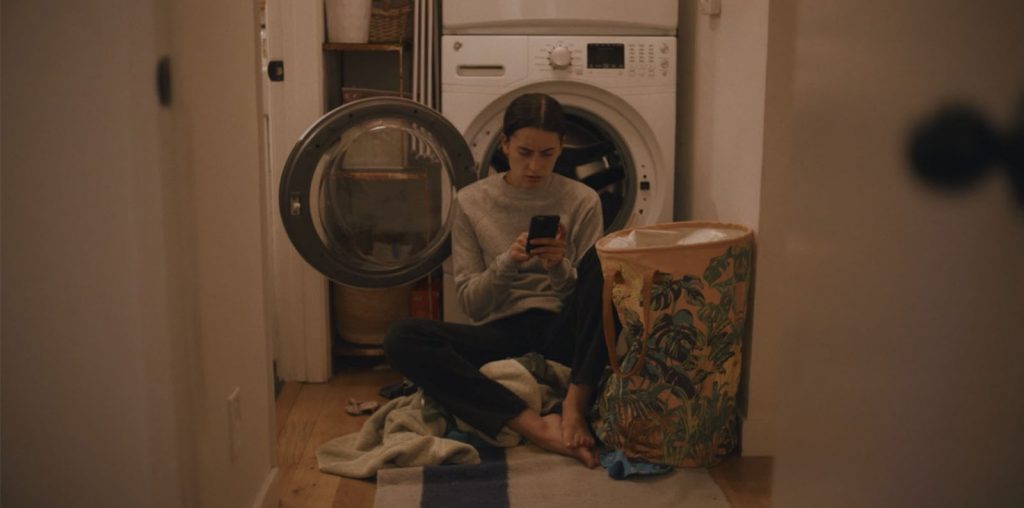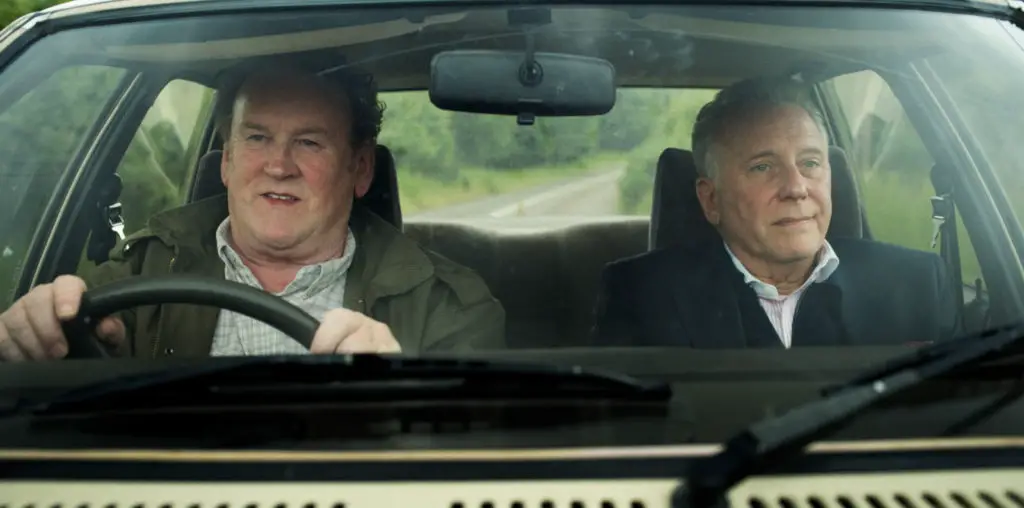
On January 30, 1972, in the city of Derry in British-occupied Northern Ireland, a peaceful civil rights demonstration organized by Catholic activists was brutally shattered when British paratroopers opened fire on the unarmed demonstrators. The massacre was immediately dubbed “Bloody Sunday” by the media covering the march and its aftermath. Despite the tragic loss of life and evidence of the British military trying to cover up its brutality, no soldier was ever disciplined for killing innocent civilians and the commanders in charge of the attack later received royal commendation.
Thirty years later, Irish filmmaker Paul Greengrass has created a political drama based on the events of that day. His film “Bloody Sunday” is meant to call the tradition of provocative political filmmaking in the tradition of “The Battle of Algiers” and “Z.” Unlike those films, however, “Bloody Sunday” is a somewhat annoying production which fails its subject matter through problems in how it was made and omissions of fact regarding the context of the Bloody Sunday shootings.
Greengrass inexplicably decided to shoot the film in the style of a documentary, complete with grainy hand-held camerawork and natural lighting. The result is a grainy, shaky visual style which requires more than a little patience. Actually, the cinematography in “Bloody Sunday” is so irritating in its unsteadiness that it makes the Dogme films seem static in comparison. Complicating matters further is a cast whose thick Irish and English accents are frequently unintelligible to American ears. Audiences on this side of the Atlantic will require either extensive experience in understanding the Anglo-Irish speech pattern or a casual disregard in knowing what is being said on screen.
Unlike the aforementioned “The Battle of Algiers” and “Z,” this film is populated with one-dimensional characters…or actually, caricatures who fill the screen with no clear personality. There are the angry young men, the thuggish soldiers, the glib politician, the kindly old ladies, the worried local police commander, the skeptical military inspector…and it doesn’t matter who is playing which character since they are so lacking in depth that cardboard cut-outs would have easily filled the bill. And it was clearly a mistake to cast Tim Piggott-Smith as the evil British military commander; fans of British TV will recognize the actor from a similar role he played two decades back in “Jewel of the Crown” and here he seems to be doing a weary reprise of that character in every aspect of his performance.
“Bloody Sunday” does work, sadly enough, in depicting the actual massacre and its immediate after-effects. The slaughter is powerfully staged and, for once in the film, the hand-held camerawork serves its purpose in getting caught up in the carnage and in eavesdropping in the beleaguered Derry hospital where the dead and wounded were dumped while the British troops frantically began coordinating alibis to brush off the very obvious guilt they carried.
For audiences coming to “Bloody Sunday” with little knowledge of the history of Northern Ireland, the film does a major disservice by not placing these events in their proper context. The Irish Republican Army terrorism campaigns which brought about the British military presence in Northern Ireland is only barely mentioned and the film concludes with the seeming justification that the events on Bloody Sunday justified the decades of IRA-sponsored terrorism that followed. The film places a character who dubbed Bloody Sunday as the Irish equivalent to the white-dominated apartheid government of South Africa’s massacre of black Africans at Sharpeville in 1960, though of course the black South Africans never responded with anything even vaguely resembling the brutality which the IRA has visited over the years. (Of course, whether American audiences even understand the reference to Sharpeville remains to be seen.)



I’m still waiting for a review of a film set in Ireland by someone who actually knows something about the country, especially Northern Ireland. This would include a knowledge of Irish history, knowing what an Anglo-Irish accent is and not calling people from the North “unintelligible” because the reviewer can’t be bothered to understand their accent.